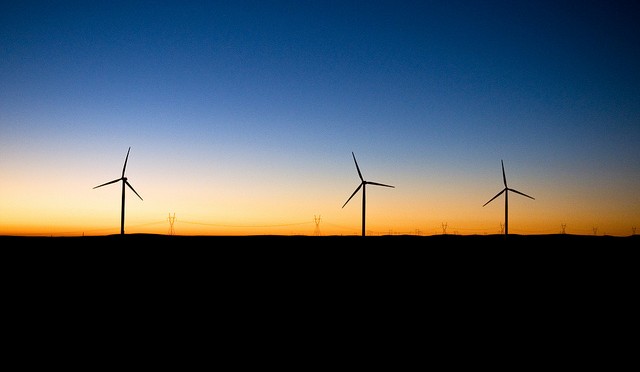

According to consultancy firm Wood Mackenzie Power and Renewables, the prediction is underpinned by a fleet of more than 60 gigawatts (GW) that has been operating for five years or more, as well as the continued rapid growth in new installed capacity.
An unexpected surge in wind asset operating expenditure (opex) has depressed the mood of investors recently. Share prices of key wind players such as Longyuan Power Group, Huaneng Renewables, Huadian Power and Datang Corp Renewable Power, declined between 12 percent and 28 percent from March to June of this year. This has called into question project profitability as the Chinese wind power market begins the transition to a subsidy-free era.
[recent_post]
Daniel Liu, principal analyst at Wood Mackenzie, said, “Much of the 2018 opex spike is attributed to the considerable number of early generation turbines reaching the end of their original equipment manufacturer (OEM) warranty.”
The OEM warranty is usually provided as a bundled service with turbine procurement and typically consists of O&M guarantees from turbine suppliers over a five-year timeframe.
“While under warranty, the asset owner is largely shielded from any major deviations in opex budgets, with the turbine OEM forced to take on the financial risks associated with poor turbine reliability or underperformance,” he added.
When the warranty ends, asset owners must decide how to tackle O&M on their projects. They can extend the service agreement with original turbine suppliers, outsource to independent service providers, or build in-house service capability for ongoing maintenance.
Each of these post-warranty service strategies carries different risk and returns, but in all cases, the potential for major component failures increases as turbines age, pushing up O&M costs. It is these increasing costs that have begun to manifest in the financial reports for listed wind majors.
The report expects more asset owners in the Chinese wind power market to rely on their in-house team for O&M. They aim to lower the costs with internal resources and accumulate knowledge to improve O&M practice and operations for their growing wind power fleets. In terms of O&M costs, China already enjoys some of the lowest cost levels in the industry.
“We expect China’s average per megawatt O&M cost to be around US$13,000 in 2018, less than half of the estimated $27,000 seen in the United States. The favourable cost position is driven by comparatively lower labour and spare part costs,” said Liu.
“The latest Chinese models have both larger nameplate rating capacities and greatly improved operational performance. When coupled with the adoption of digital-based, full life-cycle wind project management platforms, the industry should see a general reduction in unplanned failures and improved control over opex in the long term.”
India is undergoing a significant influx of urban migration and a reclassification of rural areas,…
India’s quest toward green hydrogen economy received a significant boost with a strategic MoU between…
A new report by S&P Global has revealed that India’s growing biofuels industry is emerging…
In a significant breakthrough for India’s renewable energy and dairy sectors, dairy major Amul has…
Renewable energy conglomerate Anaergia Inc, through its subsidiary, Anaergia S.r.l., entered into a contract with…
Reliance Industries Ltd (RIL) Chairman Mukesh Ambani has announced a massive ₹75,000 crore investment in…